By Madronna Holden
“The waters are reminding people that they can use their healing gifts when we use ours.”
–Robin Kimmerer, Braiding Sweetgrass
Kimmerer’s words have reference to a process of natural resurrection that is fitting to ponder this Easter day. Death in this case does not refer to the natural cycle of life and death—but a chemical death perpetrated on Lake Onondaga such that life seemed no longer possible there.
Lake Onondaga was the site of some of the worst chemical contamination of industrialization. It is also a place sacred to the traditional Onondaga. Their love – a term Kimmerer is not afraid to use—for this lake motivated a plan for clean-up and restoration in the worst of circumstances. Thus the Onondaga went to court not to plead their case for regaining ownership of the lake and its surrounding land, but rather, their right to protect and restore it.
Though they have certainly won their suit on moral grounds, the US Supreme recently refused to hear their claim. Now they have taken it to the International Human Rights Commission. And though they did not sue to retain land title, some local land has been gifted to them anyway.
The Onondaga face a daunting task in caring for their traditional homelands. Their lake is not only an ancient Onondaga sacred site, but a Superfund site. The soil surrounding the lake is chalk white from chemical contamination, and the rains saturate the water table, bringing more of those same chemicals into the lake. For a time it looked like the waters of Onondaga could support neither plant nor animal life.
But with care, things began to turn around. With the dredging out of some contaminated soil, the closure of nearby factories, rebuilding of local sewage systems, planting willows to soak up contaminated water before it leeches back to the lake along with native salt-resistant plants (some of which have survived the chemical-laced soil), and windblown seed taking root on patches of polluted land–and traditional dancing on the lakeshore in prayer for the restoration of the human-land relationship here– the lake waters and surrounding lands have begun to support life once again.
There are even small numbers of trout in the lake and eagles overhead—though eating the local fish is an iffy proposition with respect to the health of those eagles, as is swimming in the lake to the health of humans.
But as Kimmerer asserts, it is not “the land that has been broken, but our relationship to it”, and when that relationship is restored, miracles of resurrected life take place. In places, the chemical-laden soil supports green life again—even an unlikely and revered patch of Sweetgrass.
“The land”, she observes, “knows what to do when we do not.”
Healing the wounds created by human misuse is a slow process. And one that should not obliterate our memory of the results of our actions. Kimmerer thinks it would be good for some small portion of that dead soil to remain as a monument to what humans should avoid.
But in the wake of the natural reciprocity upon which life depends, large changes come. In Kimmerer’s words:
The granulated soil the ants have mounded around the[ir] hills is white as snow. Grain by grain, in their tiny mandibles, they are carrying up waste from below and carrying seeds and bits of leaves down into the soil. The grasses feed the ants with seeds and the ants feed the grasses with soil. They hand off life to one another. Leaf by leaf, root by root, the trees, the berries, the grasses are joining forces, and so there re birds and deer and bugs have come to join them. And so the world is made.
And so the world is made indeed.
So it is also remade each spring with the exuberant bursting out of life. Just looking at the irrepressible green everywhere makes me smile and come down with “spring fever” that makes it nearly impossible to stay indoors on any passably warm day.
Currently, I am watching the pageant of diversity in my backyard with its myriad of tiny ecosystems—and plants making decisions about when to show themselves in each of them. Fifteen feet away from one another, one serviceberry is in full bloom and another’s buds are barely swelling.
One of my favorite pastimes is wandering through my small urban yard, watching the surprises seeded there by animals or wind—or the sheer persistence of plant communities. A patch of the native salal I am trying to establish has cooperated in a way I never expected. It ran under three feet of cement sidewalk and popped up on the other side where it will certainly begin to spread itself beyond my hopes.
Natural resurrection is a sure thing as long as we keep our part of the bargain.
This particular Easter the weather is also a good reminder of what we humans do not control. The day was marked by a hail-bearing thunderstorm with flashing lightning, coming on the heels of near freezing overnight temperatures. We had such an early warm spring last month (causing many blossoms to burst out) and such cold rainy weather recently (keeping the pollinators in their nests and washing out the blooms), I wonder how our fruit will be pollinated.
Yet I have noticed that whereas some of the younger local fruit trees burst forth at the first sign of warmth, others of the same species hold back and come later, like my own apple and plum and cherry—and thus they are more likely to get themselves pollinated.
I can’t claim to understand this. Have the elder trees in my yard learned from experience? Can they read the weather better than the newcomers? In line with botanist Matthew Hall’s analysis of “plants as persons”, they are also certainly decision-makers in ways we don’t understand.
“Going on the side of life”, as indigenous elders framed their ethical responsibility to the world that sustains us, means assuming the stance of humility in our partnership with other lives. Allotting them such decision-making capacities.
It also means facing the effects of our own actions on those other lives even when it makes us uncomfortable and brings us hard choices.
Sadly, there is great grief today in facing what we have done in the world: in climate change and species extinction, for instance. But the Onondaga show us what it is to work to heal what we have done.
And when we do our part, as Kimmerer notes, the land does its.
For whatever is lost, there is also what is found. These are things that call for celebration as we stand on the side of life. They are gifts, small and large—and often wondrous and mysterious as our natural partners surprise us with their uniqueness and resilience.
These are things we should not fail to celebrate, for they give us essential perspective in our responsibility for loving this world.
Filed under: Hope and vision | Tagged: caring for sacred sites, Onondaga land claim, reclamation, resurrection in nature, Robin Kimmerer |



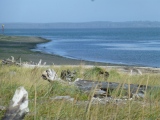
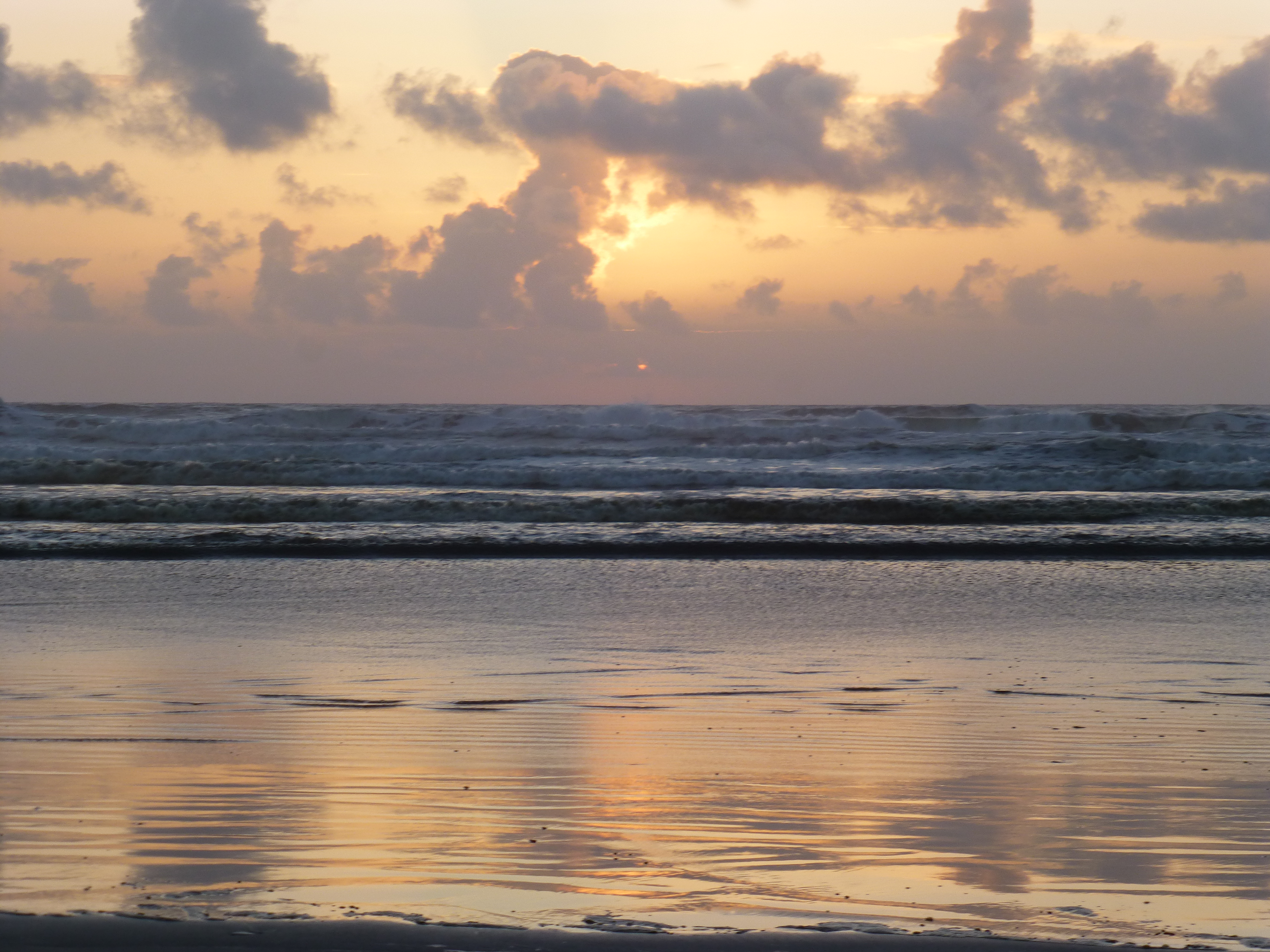










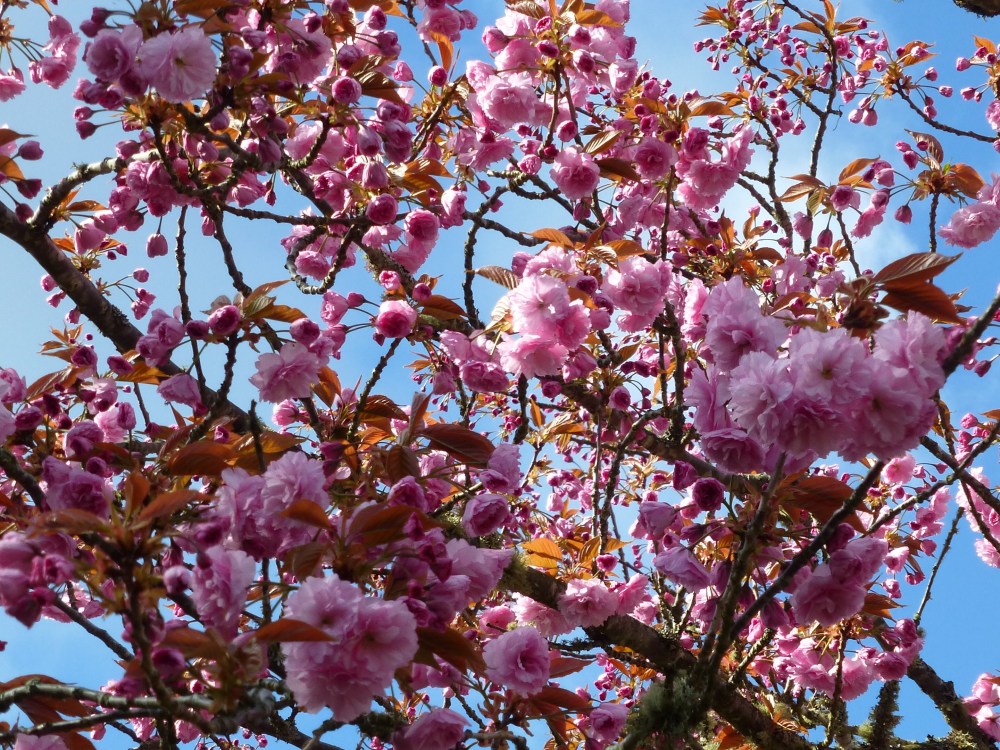





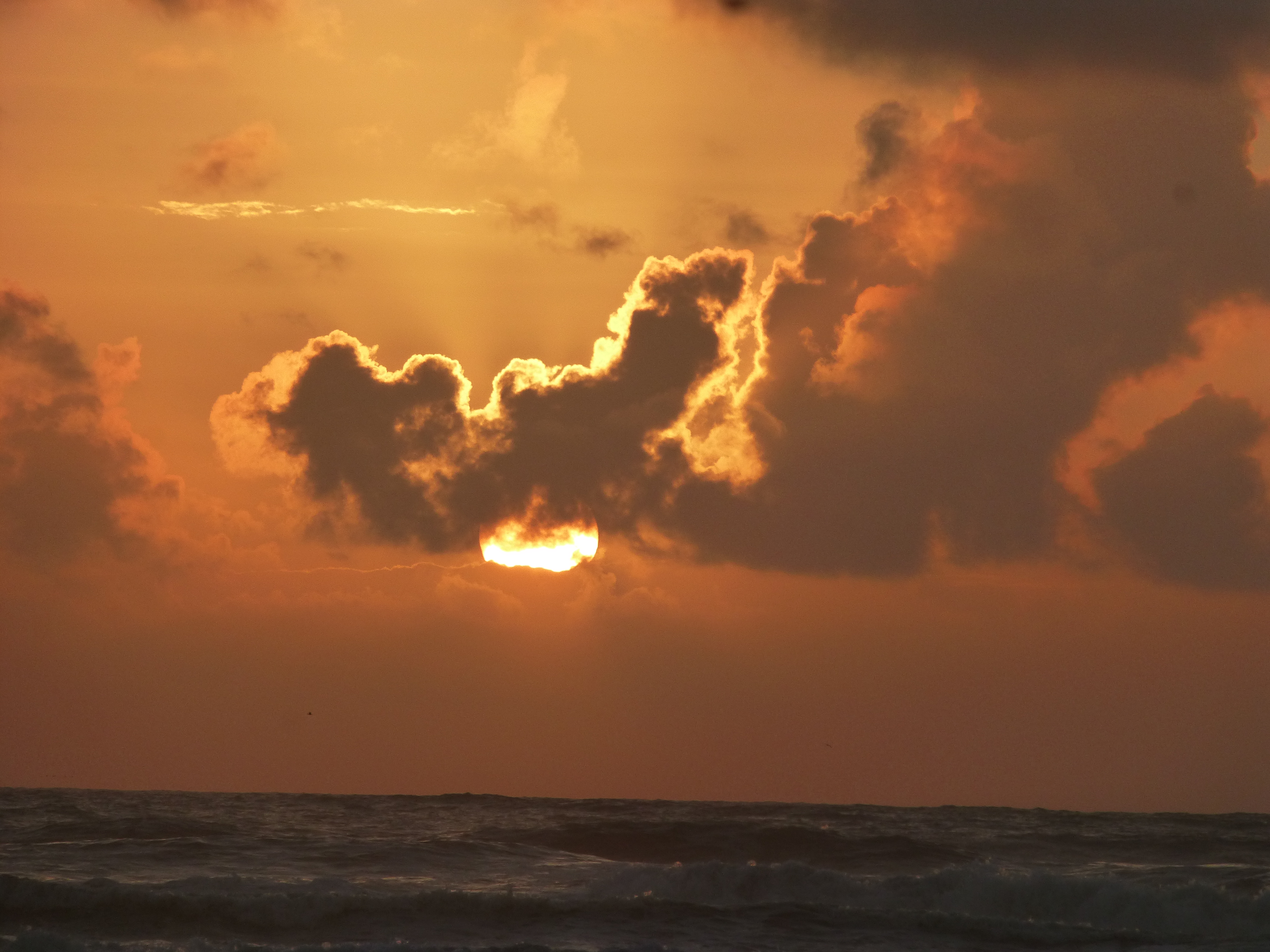
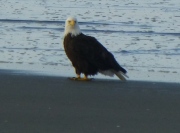



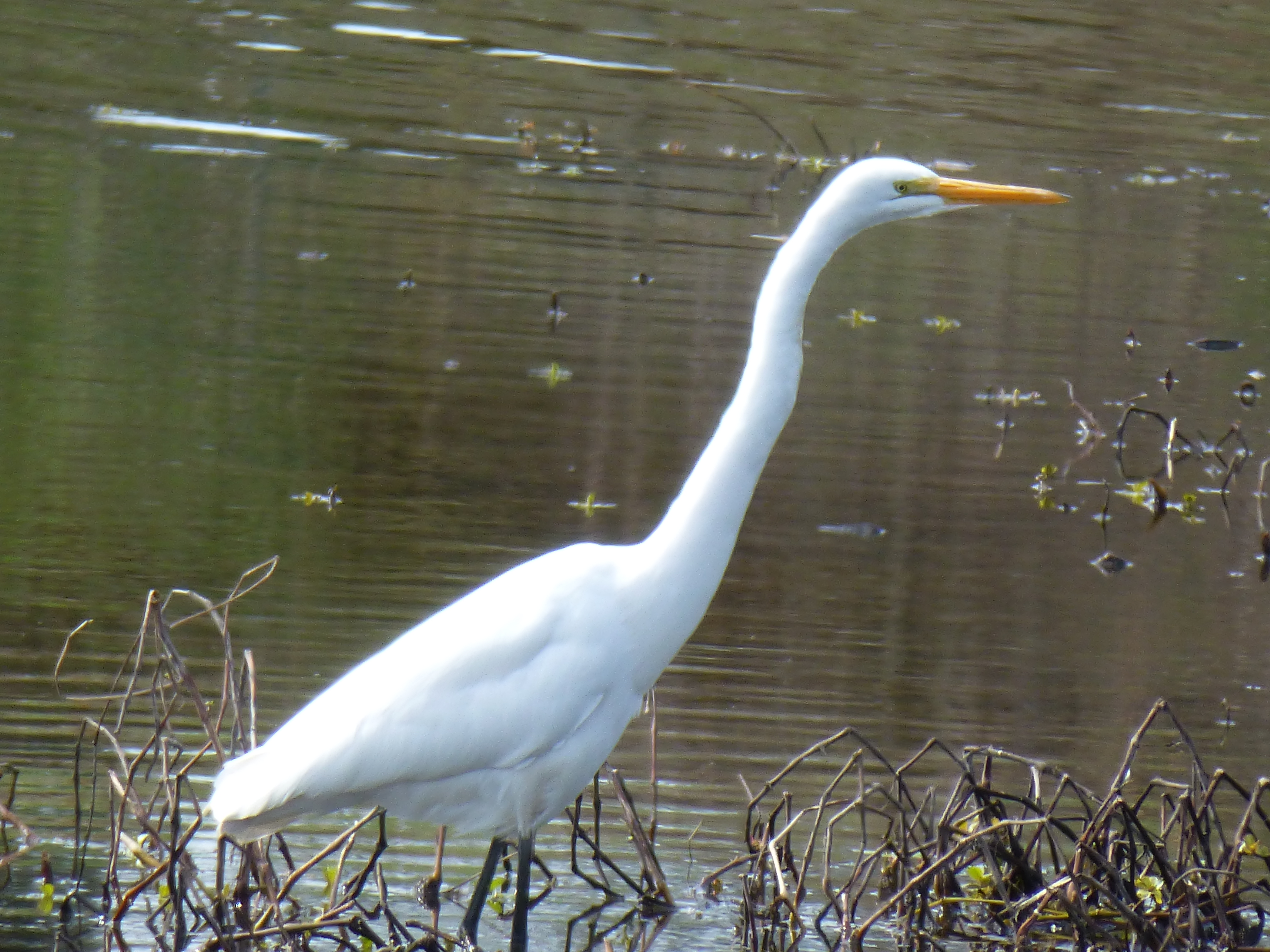
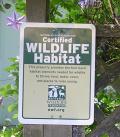




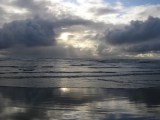

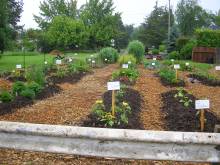
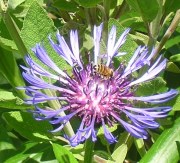
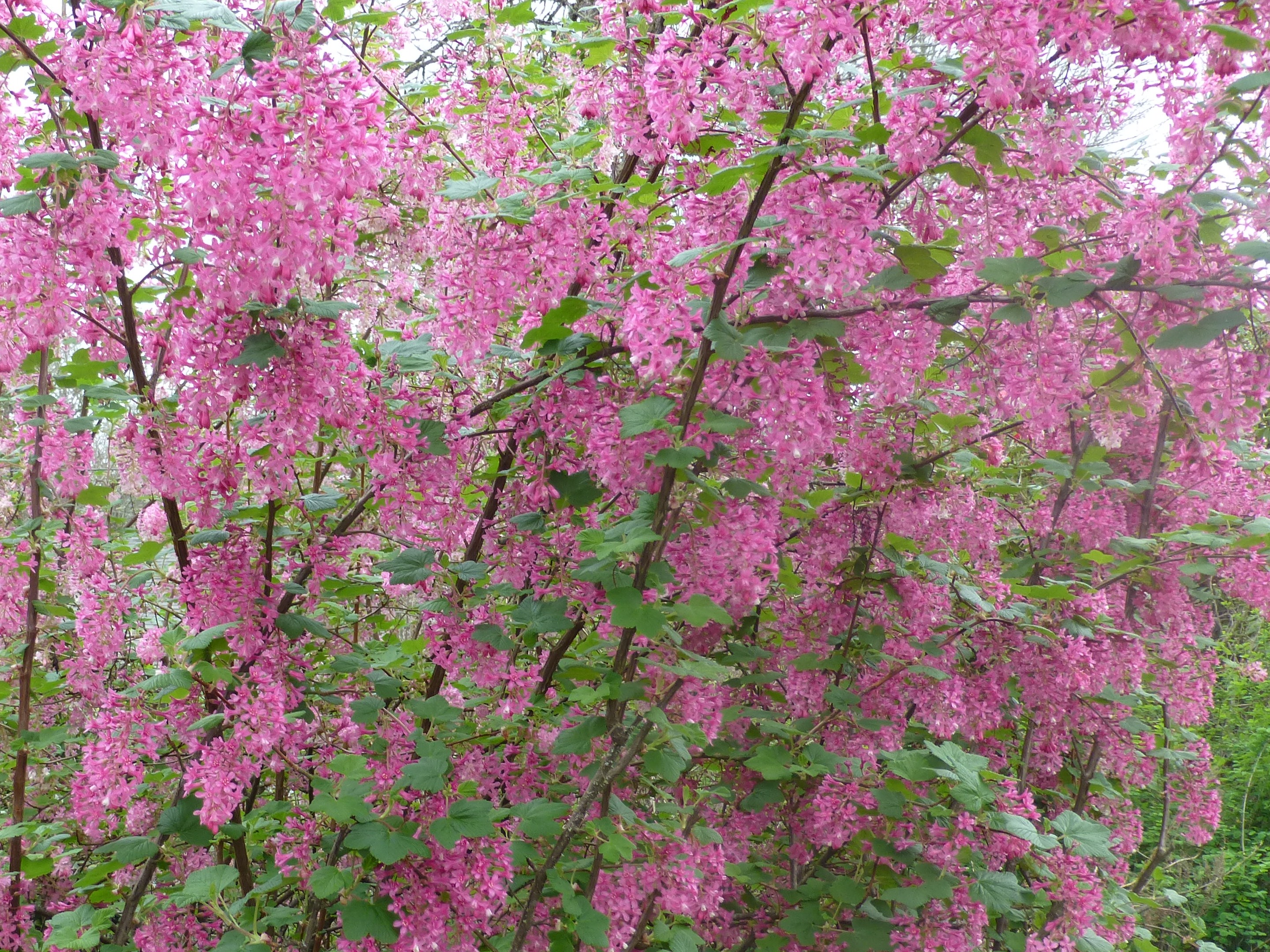


[…] one of my favorite blogs, “An Easter Meditation: Natural Resurrection.” The take home message for me about Easter is the strong reminder about new […]